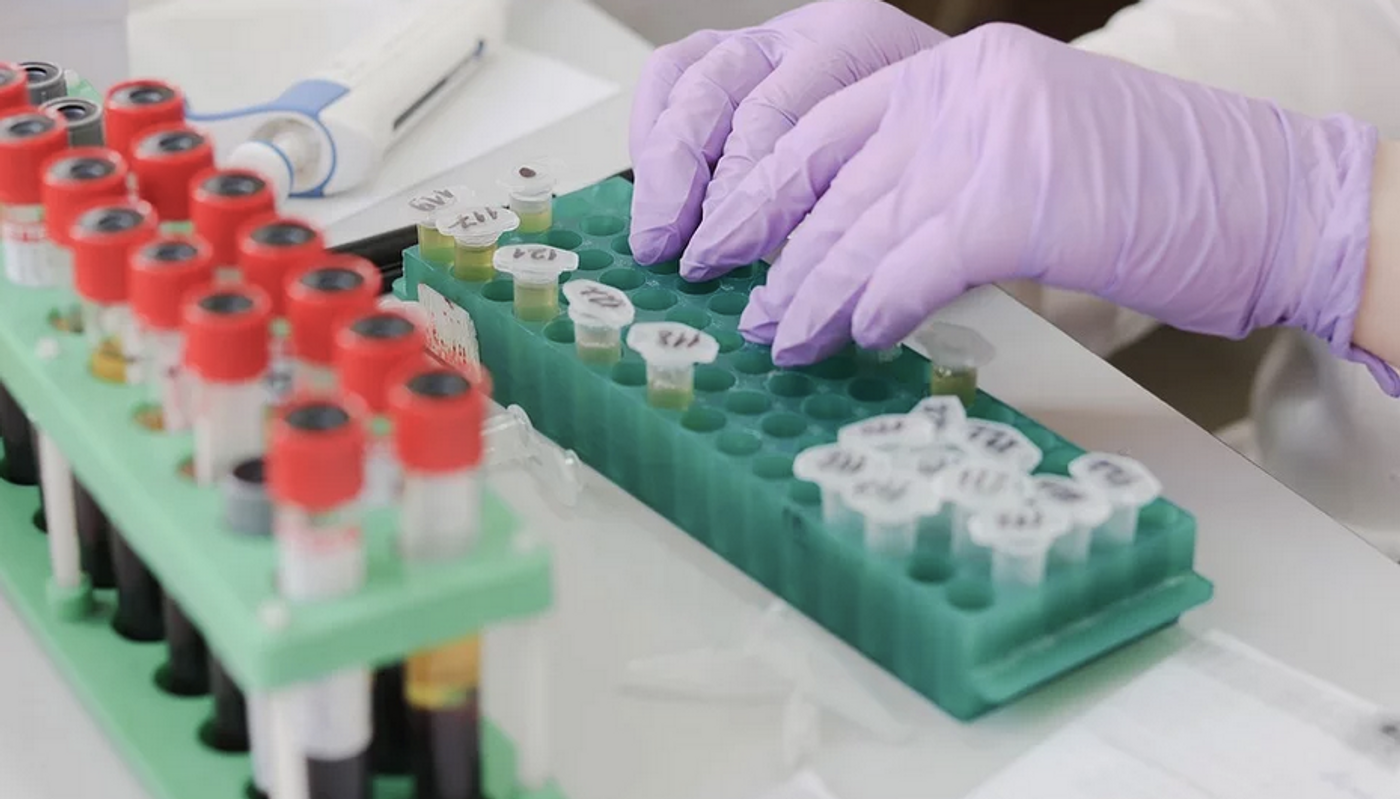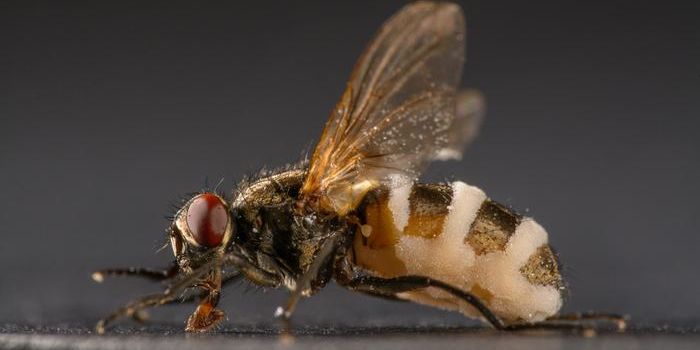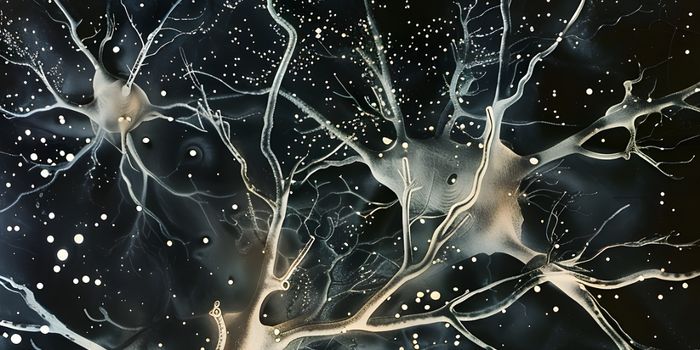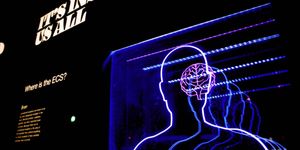Crumpling Graphene Makes It an Ultra-Sensitive Biosensor
Biopsies that are used to diagnose cancer are often painful and invasive. Liquid biopsies aim to make the process easier, and instead of tissue, use a sample of fluid like blood to make a diagnosis. Researchers are working on creating very sensitive sensors made of graphene to detect DNA from cancer cells in blood or serum from a patient. Methods like these currently require a lot of DNA, but new research has shown that by crumpling the graphene, the test becomes over ten thousand times more sensitive by creating electrical hotspots that pick up the DNA. This work, reported in Nature Communications, can aid in the development of rapid and sensitive diagnostic tools.
"This sensor can detect ultra-low concentrations of molecules that are markers of disease, which is important for early diagnosis," said the study leader Rashid Bashir, a professor of bioengineering and the dean of the Grainger College of Engineering at Illinois. "It's very sensitive, it's low-cost, it's easy to use, and it's using graphene in a new way."
Graphene is a one-atom-thick sheet of carbon, and is often used to make electronic sensors. But in using them to identify nucleic acids (which genetic material like DNA and RNA is made from), the fragments of DNA or RNA have to be copied over and over again in a tube to generate enough of it to be detectable. That process can introduce errors and take time, so the Bashir lab tried to make the sensor powerful enough to detect nucleic acids without amplifying them first. This is the first electronic sensor that is being utilized to detect minute amounts of nucleic acids, without additional processing.
"When you have cancer, certain sequences are overexpressed. But rather than sequencing someone's DNA, which takes a lot of time and money, we can detect those specific segments that are cancer biomarkers in DNA and RNA that are secreted from the tumors into the blood," said the co-first author of the study Michael Hwang, a postdoctoral researcher in the Holonyak Micro and Nanotechnology Lab at Illinois.
"This is the highest sensitivity ever reported for electrical detection of a biomolecule. Before, we would need tens of thousands of molecules in a sample to detect it. With this device, we could detect a signal with only a few molecules," Hwang said. "I expected to see some improvement in sensitivity, but not like this."
The research group of mechanical science and engineering professor Narayana Aluru set out to learn why crumpled graphene was so much better at sensing genetic material, and identified cavities that attract RNA and DNA molecules and then hold onto them.
"When you crumple graphene and create these concave regions, the DNA molecule fits into the curves and cavities on the surface, so more of the molecule interacts with the graphene and we can detect it," said the co-first study author and graduate student Mohammad Heiranian. "But when you have a flat surface, other ions in the solution like the surface more than the DNA, so the DNA does not interact much with the graphene and we cannot detect it."
This approach may also be useful for detecting many different kinds of biomarkers.
"Eventually the goal would be to build cartridges for a handheld device that would detect target molecules in a few drops of blood, for example, in the way that blood sugar is monitored," Bashir said. "The vision is to have measurements quickly and in a portable format."
Learn more from the video about how researchers are using graphene along with tools like CRISPR to diagnose disease.
Sources: AAAS/Eurekalert! via University of Illinois at Urbana-Champaign, News Bureau, Nature Communications









